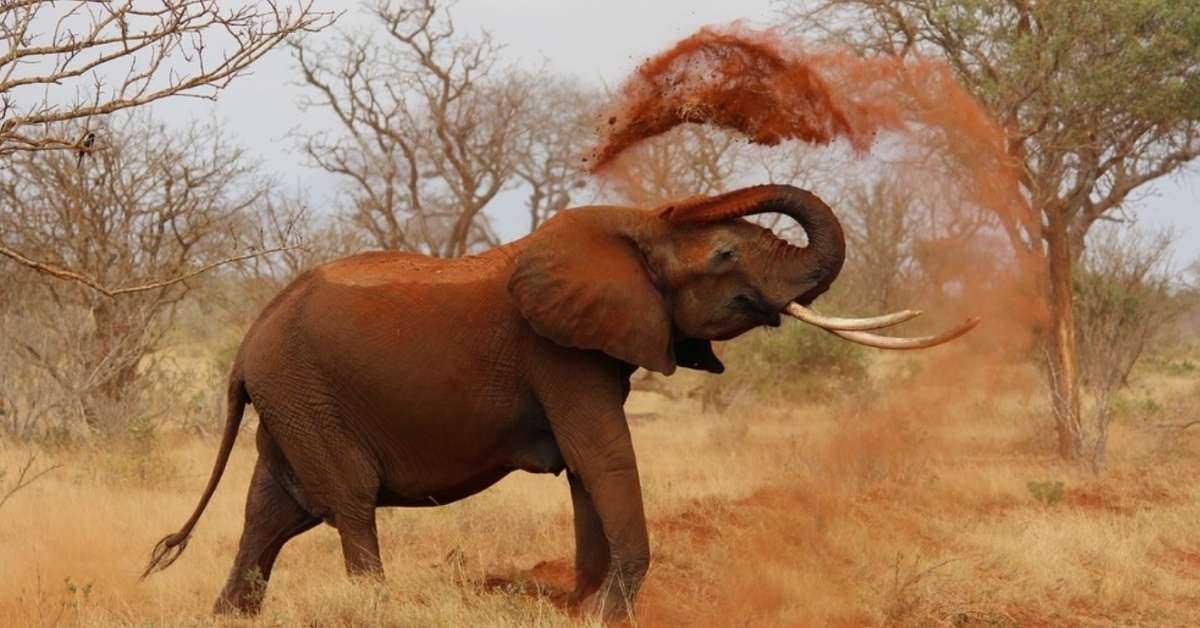Pygmy blue whales have long been a mystery to marine biologists, spending the majority of their lives underwater and swimming far from shore.
But on July 4, the Australian Institute of Marine Science released findings of a baby pygmy blue whale that was spotted off the Ningaloo coast along the East Indian Ocean.
Scientists were delighted by the discovery, which marks the “youngest-ever” pygmy blue whale ever photographed.

Spotter pilot Tiffany Klein came across the calf and her mother in Australian waters while she was out on a research and tagging mission for AIMS and the Centre for Whale Research.
“Previously, I’ve seen them later in the year, around September or October, and traveling south,” Klein told AIMS.
“These calves were about half the size of their mother, whereas this one was only about a third of the size, which is still around six to seven meters [approximately 20 feet].”
Micheline Jenner is a marine biologist at the Centre for Whale Research who has been tagging pygmy blue whales since 2019. She told AIMS that this latest sighting of northern migration is “very interesting.”
“Slowly but surely over the years we are placing more pieces in this pygmy blue whale puzzle,” she said.
One of the bigger parts of the “puzzle” is exactly where pygmy blue whale mothers calve, or give birth.

Little is known about the reproduction and birth of this type of blue whale, which is slightly smaller in size than its relative that spans 80 to 90 feet in length.
As marine biologists learn more about pygmy blue whales, they gain renewed confidence in protecting the species.
In the International Union for Conservation of Nature, the subspecies of blue whale is globally listed as “data deficient,” due to their elusive nature.
But down under in the Southern Hemisphere, the Australian Environment Protection and Biodiversity Conservation Act lists them as endangered.
“Pygmy blue whales are difficult animals to tag, because they move through the water so quickly and because they only emerge for a few quick breaths before diving again for 15 to 20 minutes at a time and resurfacing,” said AIMS lead research scientist Michele Thums.
On this latest expedition — in which the weeks-old “bundle of joy” was spotted — the scientists were able to successfully tag and track six pygmy blue whales by satellite.
“It is really wonderful to have tagged six on this trip, providing us with precious data on their movements,” Thums said.
Header image via AIMS / Tiffany Klein (CC BY-NC-ND 4.0)



